
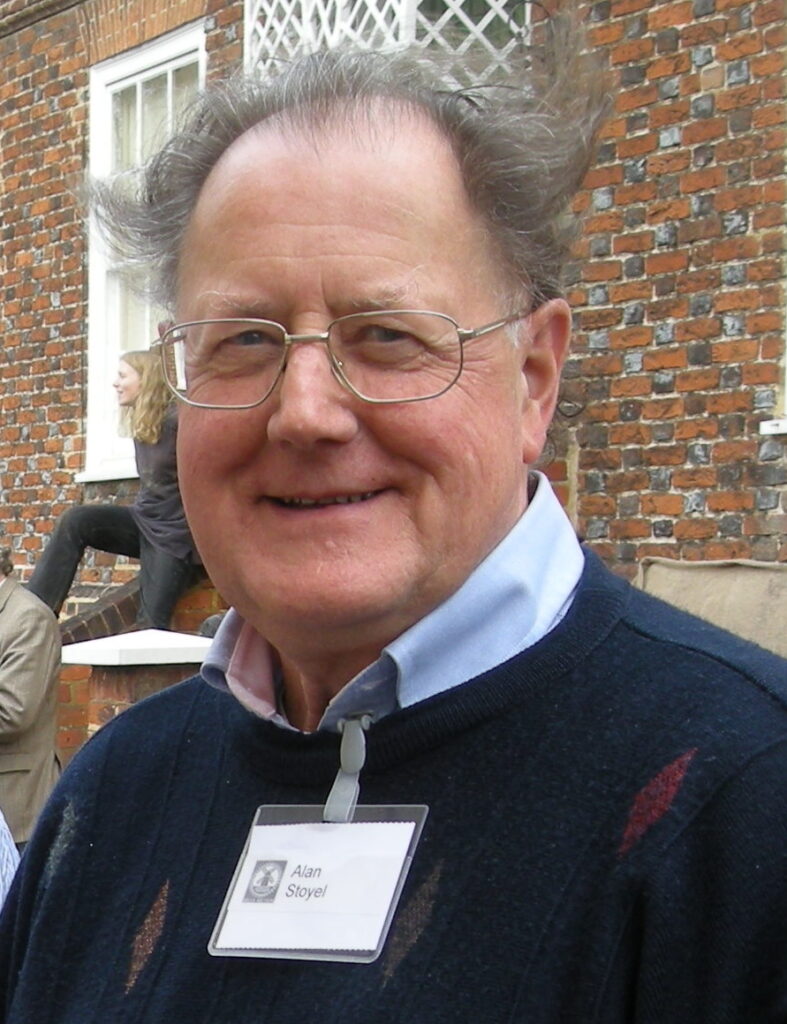
| The Alan Stoyel Foundation Collection is one of the four foundation collections of the Mills Archive Trust. Alan played an essential role in setting up the Mills Archive. His collection contains vital technical information and documentation of watermills across the UK. Alan began collecting material on watermills when he was a teenager and this passion carried on right up until he sadly passed away in late 2021. In addition to being a founding trustee of the Mills Archive Trust, Alan was the Chairman of the SPAB Mills Section from 1985 to 1988. Alan was one of the leading authorities on waterpower in the UK, receiving an MBE in 2018 for his services to watermill heritage. In the 1980s he was the prime mover in saving the Rex Wailes Collection, one of the archive’s most prestigious collections. The archive received the first half of Alan’s collection from his home on Friday the 18th of March. This arrived early in the morning and quickly filled the library and Milling and Grain Room with the arrival of 134 boxes. These boxes covered a range of materials from notes and photos on watermills across the UK to many interesting books, paintings and artefacts. The second half of the collection containing around 100 boxes arrived on the 12th May. The task of processing this amount of material is a long but rewarding process. |
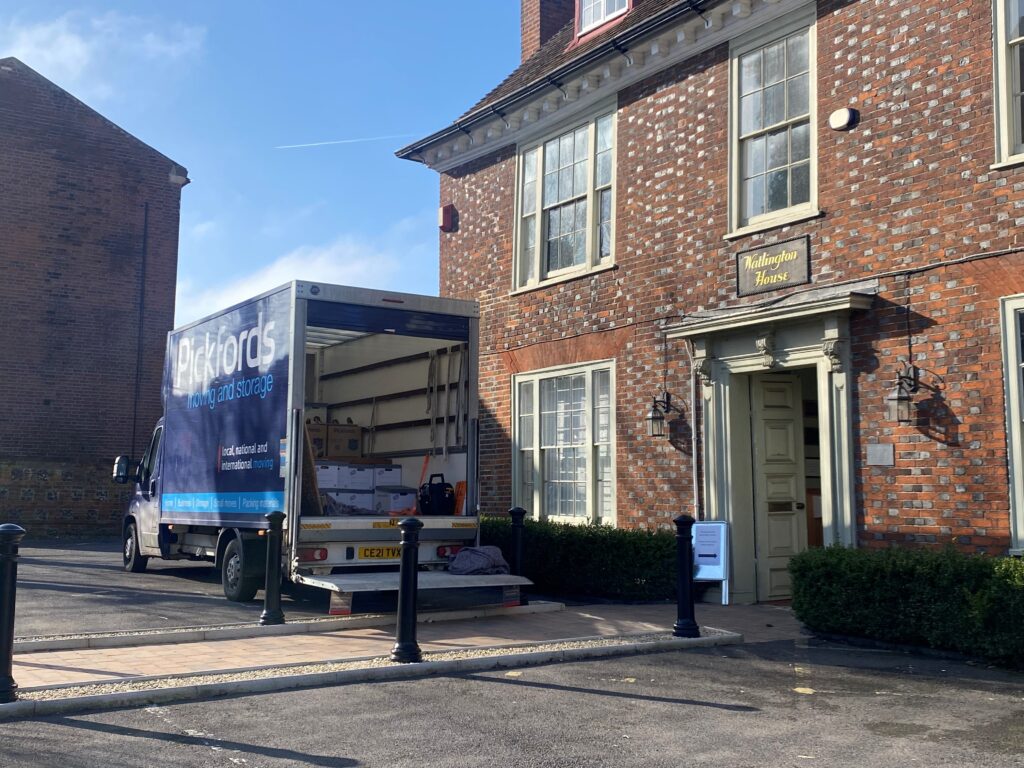
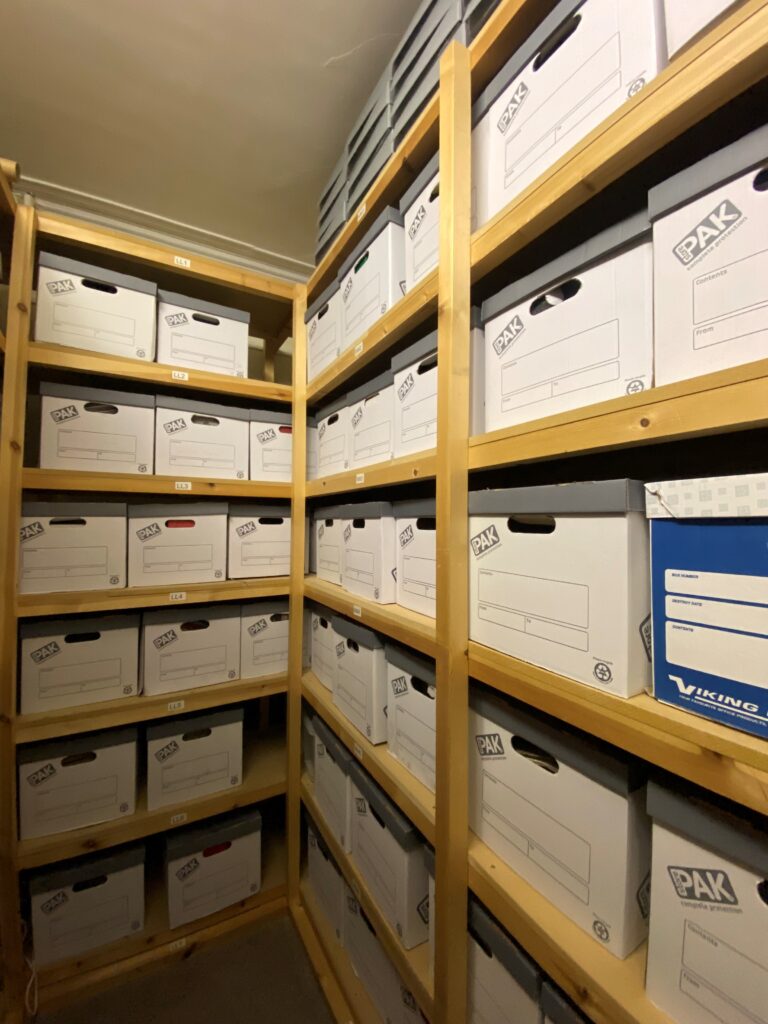
Alan’s collection of records on watermills is an important addition to what we already have. The collection includes images of watermills across the UK and even across Europe in countries such as Belgium and Spain. As well as this, there were numerous ringbinders that contain Alan’s extensive research notes on watermills to accompany the vast amount of images Alan took.
In addition, Alan’s records include a significant amount of information about his ownership of Venn Mill in Garford. These records include information about the repairs and sale of the mill to letters from school children who visited the mill.
The boxes began piling up in the
Milling and Grain Room

A considerable amount of the boxes that arrived contained Alan’s collection of milling books. These range from classics such as Bennet and Elton’s History of Corn Milling to antiquarian books from the 17th and 18th centuries.
One fascinating antiquarian book is a copy of Johannes van Zyl’s Moolenboek that was owned by Rex Wailes. It is likely Alan acquired this copy when saving Rex’s collection, and it even has Rex’s bookplate in the front cover.
A Moolenboek owned by Rex Wailes
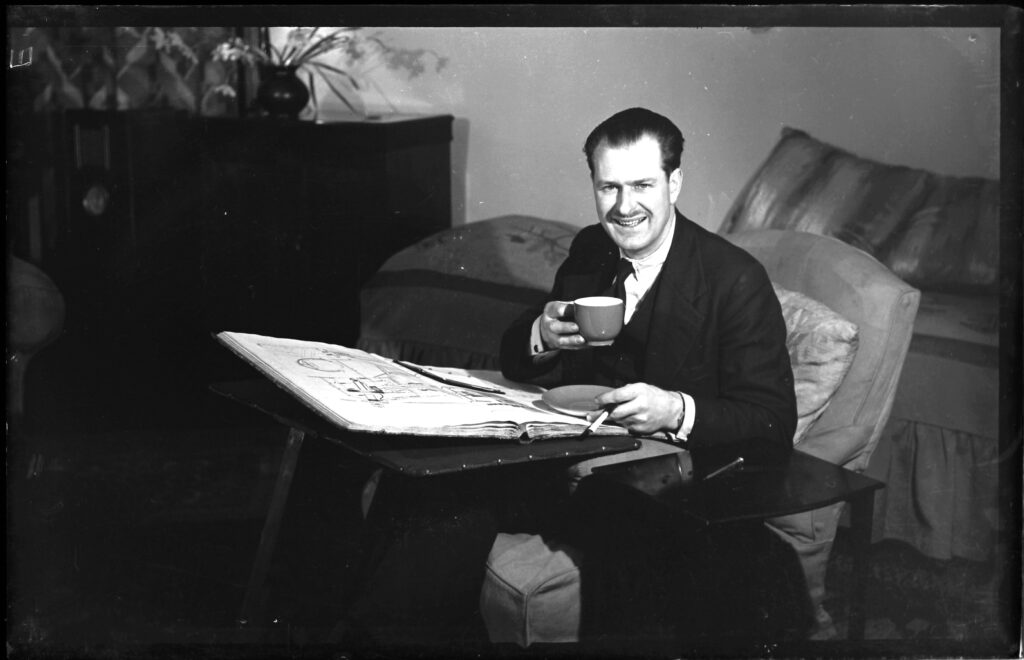
| In addition, Alan’s collection contains other versions of the Moolenboek that we did not already have in the archive such as the version by Justus Danckerts, published around 1730. These old mill books are important in showing the history and construction of traditional Dutch mills. One of the most exciting items in Alan’s collection is a large threshing sledge. The sledge is around 5ft 5in and is made with slats of wood with wooden planks to reinforce the slats. |
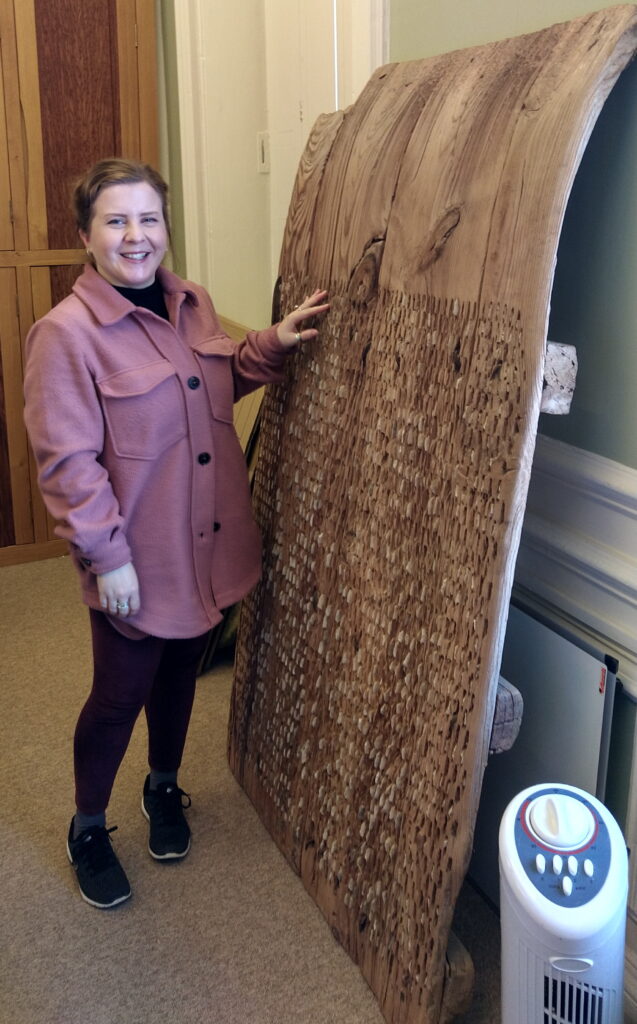
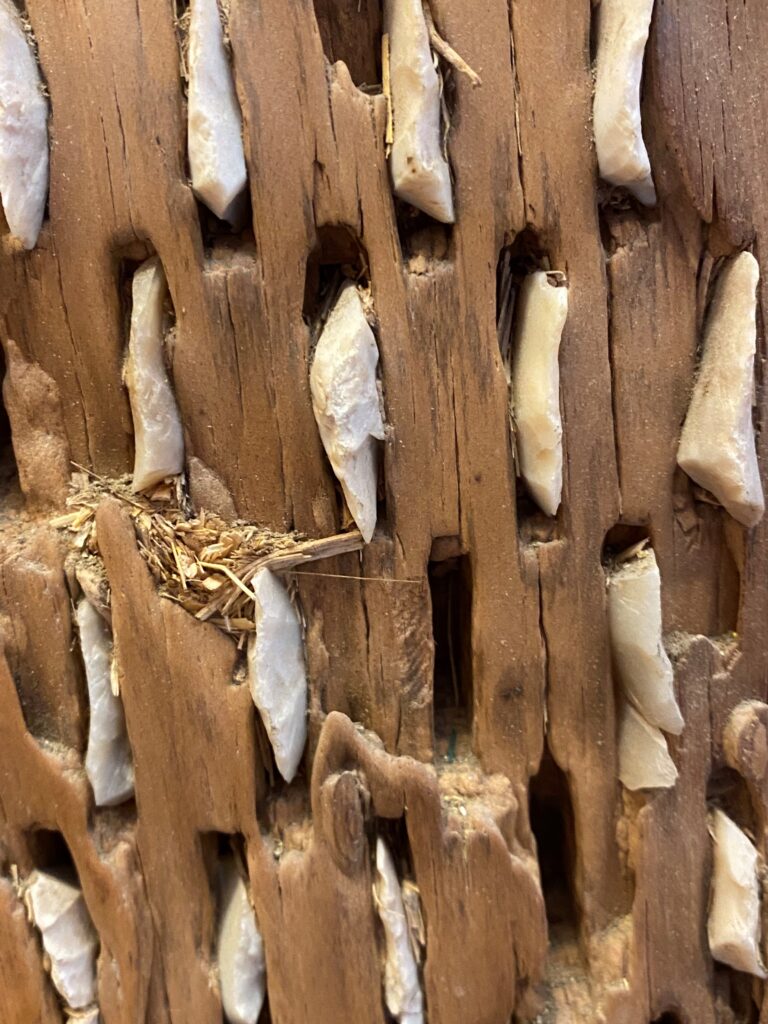
The flint was prepared by men and then hammered into the bottom of the sledge by women. Up to three thousand pieces of flint may be hammered into the sledge and these were usually sorted by their size. Smaller pieces were placed at the front, medium-sized pieces were in the middle and larger pieces were placed at the back and sides. The flint inserted into the sledge was used to separate cereals, such as wheat, from their straw.
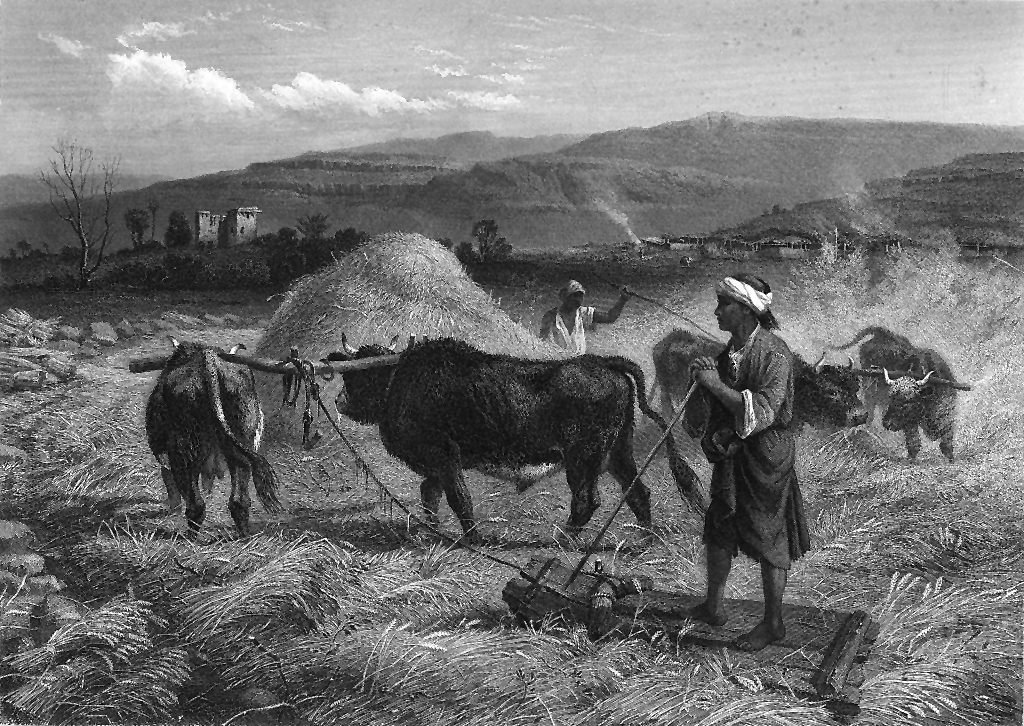
| Alan’s collection also brought a surprise millstone to the Mills Archive. In comparison to other millstones, it is small and seems to be made of one stone, rather than many smaller pieces like a French burr stone. Though we do not know exactly where the millstone came from, this may become clearer as we work through his collection. |
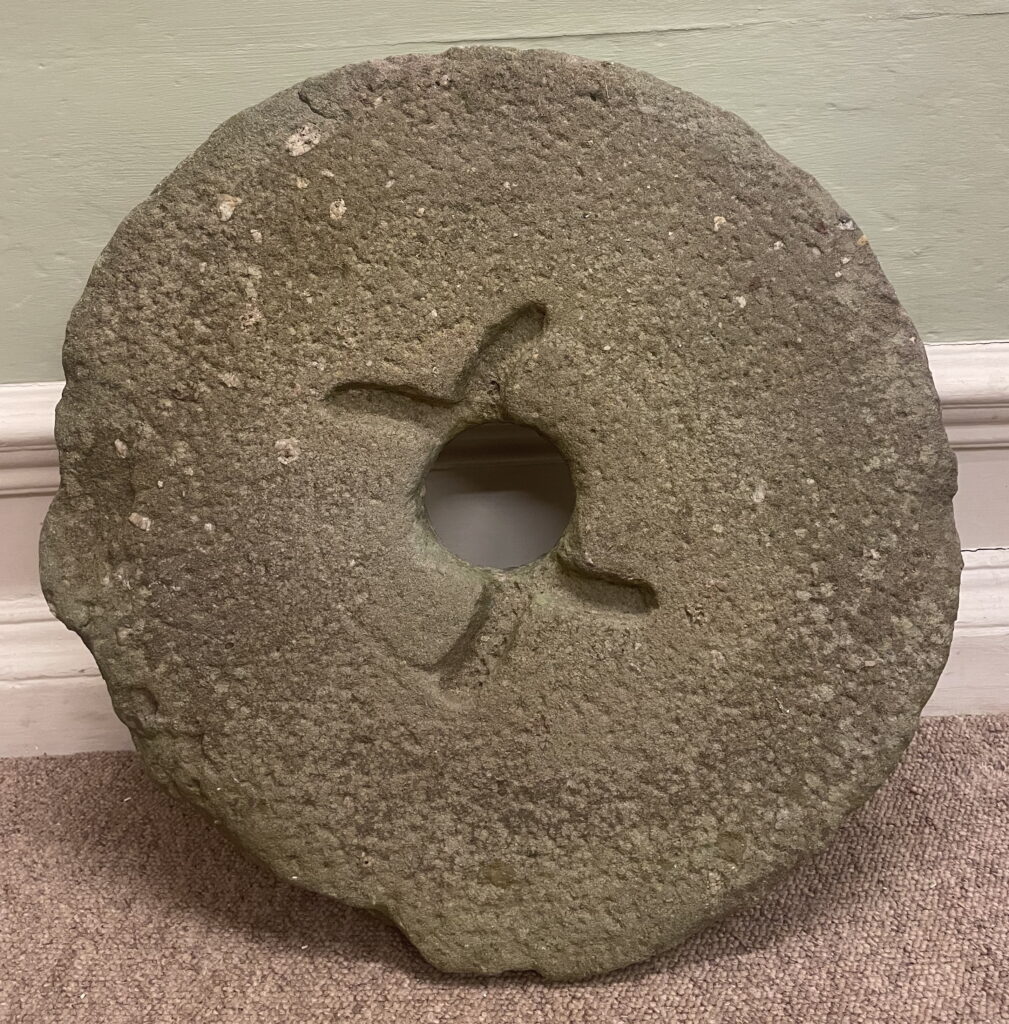
| The millstone and sledge are both important pieces of material that we can display in the archive. These physical objects are just as crucial a part of Alan’s collection as his watermill records as they demonstrate his wider interests in milling and his ambition to collect all the material he possibly could. |
